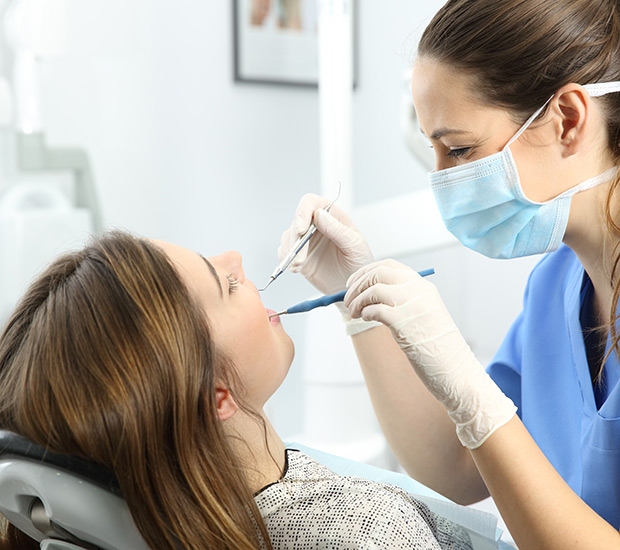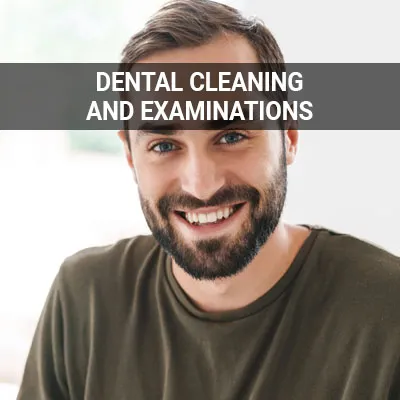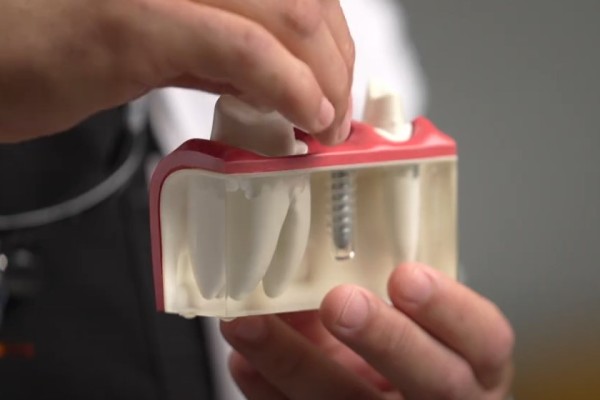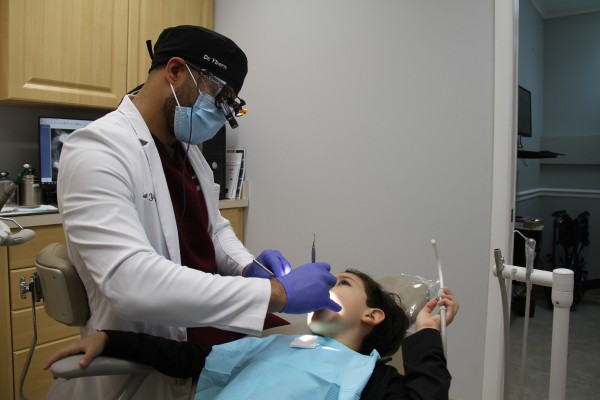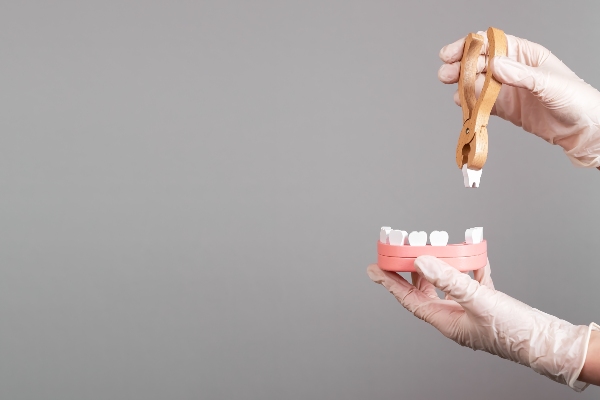What Does a Dental Hygienist Do Fort Pierce, FL
Dental hygienists are dental providers who professionally clean teeth and counsel patients about oral hygiene. We can help patients maintain a healthy smile and treat various health issues. During a routine visit, a patient may see a dentist, a dental assistant, and a dental hygienist.
Dental hygienist treatment services are available at Fort Pierce Smiles in Fort Pierce and the surrounding area. Our team of dedicated providers works together to give patients a better bill of dental health. With a comprehensive approach to dental health, patients benefit from our thorough treatment plans, which start with routine cleanings and examinations by the dental hygienist.
Ideal dental health means there should be a partnership between the patient and the care team. Our team of dental staff is committed to patient education and proper oral care. Call us at (772) 232-7073 to schedule your next cleaning with a dental hygienist.
Dental Hygienist Training and Qualifications
To become a dental hygienist, a person will need to attend an accredited dental hygiene program. These programs are typically about three years long until the graduates receive an Associate's degree. Bachelor's and master's degree programs are also available to dental hygienists. Students take classes ranging from medical ethics to pathology as well as spend time in the patient care setting.
Every state requires dental hygienists to have a license. This often requires a degree from an accredited dental hygiene program and passing grades on written and clinical exams. To maintain that license, dental hygienists must take continuing education classes.
“To become a dental hygienist, a person will need to attend an accredited dental hygiene program.”
How Dental Hygienists Help With Patient Screening
During routine exams and cleanings, dental hygienists may also assist the dentist with patient screenings for some conditions. They may assess the patient's oral health and use the periodontal chart to evaluate the patient's potential for gum disease. They may also inquire about any other health issues or chronic conditions for the patient.
Some dental hygienists may also perform cancer screenings during the examination, such as oral cancer. These dental professionals also examine the head, jaw, and neck to spot potential problems. Dental hygienists also may take X-rays of the teeth and mouth to determine if there are cavities or other oral issues.
“Some dental hygienists may also perform cancer screenings during the examination, such as oral cancer.”
Recommendations and Documentation
Another aspect of a dental hygienist's job is to counsel patients and provide advice for optimal oral health. They may educate patients about the importance of proper brushing and flossing and provide suggestions for oral hygiene techniques. Dental hygienists also may offer recommendations for different types of toothbrushes and flossing products.
Proper oral care at the dentist also requires documentation of treatment and the condition of the patient's mouth and teeth. The dental hygienist works with Fort Pierce Smiles to document the condition of the gums, teeth, and screening results. Effective record-keeping helps providers monitor possible problem areas.
“Effective record-keeping helps providers monitor possible problem areas.”
Check out what others are saying about our dental services on Yelp: What Does a Dental Hygienist Do in Fort Pierce, FL
When a Dental Hygienist Treats Patients
Dental hygienists are usually involved in a patient's regular, routine cleaning appointment. It is vital to schedule periodic appointments according to the dentist's recommendations. During a standard appointment, the patient may start treatment with the dental hygienist. Here are the parts of the visit where a dental hygienist may be involved:
- Health History: Before starting any examination or cleaning, the dental hygienist may first review the patient’s health and history. The dental provider reviews the patient’s dental records and health information. Then, the provider may discuss the patient’s concerns before going to the next step of the appointment.
- Teeth Cleaning: Next, the dental hygienist cleans the teeth. They may use a professional polisher to remove build-up and stains on the enamel. They also use tools to remove tartar and plaque from the teeth and the gum line.
- Fluoride Treatment: Some dental hygienists may provide preventative services during a routine visit. Fluoride treatment helps keep the teeth healthy and strong. Dental sealant application to prevent tooth decay may also be part of a routine appointment.
“Before starting any examination or cleaning, the dental hygienist may first review the patient’s health and history.”
Questions Answered on This Page
Q. How does a dental hygienist help with patient screening?
Q. What is included in the documentation of a dental hygienist's job?
Q. What parts of treatment do dental hygienists help with?
Q. What training does a dental hygienist have?
Q. What parts of the dental visit are dental hygienists involved with?
People Also Ask
Q. Why is routine dental care important?
Q. Am I at high risk for developing oral cancer?
Q. How can I find out if my employer's plan covers dental treatments?
Q. What is the importance of having a routine dental checkup?
Q. What family members may need extra help with their oral hygiene?
Dental Hygienists and Your Visit
Dental hygienists are involved in just about every clinical aspect of patient visits. Dental hygienists perform many of the preventative dental procedures done in an office, such as teeth cleaning, screening for oral disease, and other preventative dental care. Once a patient is checked in, the hygienist is typically the person who will lead them to the exam room. After they are settled into the dentist's chair, the dental hygienist will ask questions about the patient's health history and see if there are any concerns regarding their teeth or jaw. If X-rays are needed, the dental hygienist will administer them before the cleaning begins.
After the documentation is handled, they will take various measurements to check the health of their gums, remove plaque and tartar, and do a thorough cleaning and polishing of the teeth, followed by flossing. When the dentist arrives, the dental hygienist will let them know if there are any areas of concern and then help with various aspects of the dental exam. Following the exam, the dental hygienist will answer any questions and update the patient's chart. They can also take impressions of the teeth if needed for crowns, implants, dentures, or mouth guards.
“Dental hygienists are involved in just about every clinical aspect of patient visits.”
Frequently Asked Questions About a Dental Hygienist
Q. What is the difference between a dental hygienist and a dentist?
A. Dental hygienists and dentists have very different roles within a dental practice. A dental hygienist will conduct oral screenings, update your patient information, take x-rays, do a thorough cleaning, and look for potential problems. The dentist will come in following the cleaning to do an exam and will also handle more complicated procedures.
Q. What sort of training do dental hygienists have?
A. Dental hygienists have graduated from an accredited dental hygiene program and have taken and passed state exams to receive their license. During their studies, dental hygienists take classes in head and neck anatomy, pathology, nutrition, and medical ethics. Most programs take about three years to complete.
Q. What do dental hygienists do?
A. Dental hygienists have several different roles in an office. They can assist the dentist during procedures, update the patient's chart, show patients how to care for their teeth, perform oral health screenings, and remove plaque from the teeth. They can also apply fluoride and sealants to teeth as well as take impressions.
Q. What is the difference between a dental assistant and a dental hygienist?
A. It can be easy to confuse dental assistants and dental hygienists as they perform many of the same duties. Dental assistants can take x-rays, prepare instruments and equipment, take impressions of the teeth, and assist the dentist during procedures. However, unlike dental hygienists, they do not collect patient health history, remove plaque from the teeth, apply sealants or fluoride, or do any patient documentation.
Q. Does a dental hygienist receive certification or licensure?
A. Dental hygienists must complete at least an Associate's degree in dental hygiene. They must then pass the National Board Dental Hygiene Examination (NBDHE) in order to achieve licensure. This exam is the only one required by all 50 states.
Dental Terminology
Call Us To Schedule Your Next Appointment With a Dental Hygienist
If you want to improve your dental health, call us at 772-232-7073 for an appointment with a dental hygienist. Get started on a treatment plan that focuses on strong teeth and preventative strategies. Our team in Fort Pierce is ready to help you achieve optimal oral health.
Helpful Related Links
- American Dental Association (ADA). Glossary of Dental Clinical Terms. 2024
- American Academy of Cosmetic Dentistry® (AACD). Home Page. 2024
- WebMD. WebMD’s Oral Care Guide. 2024
About our business and website security
- Fort Pierce Smiles was established in 2023.
- We accept the following payment methods: American Express, Cash, Check, Discover, MasterCard, Visa, Care Credit, Sun Bit, iCreditWorks, and In house financing
- We serve patients from the following counties: St. Lucie County
- We serve patients from the following cities: Fort Pierce, Fort Pierce South, White City, Fort Pierce North, St Lucie, Okeechobee, Hutchinson Island, and Vero Beach
- Norton Safe Web. View Details
- Trend Micro Site Safety Center. View Details
Back to top of What Does a Dental Hygienist Do
